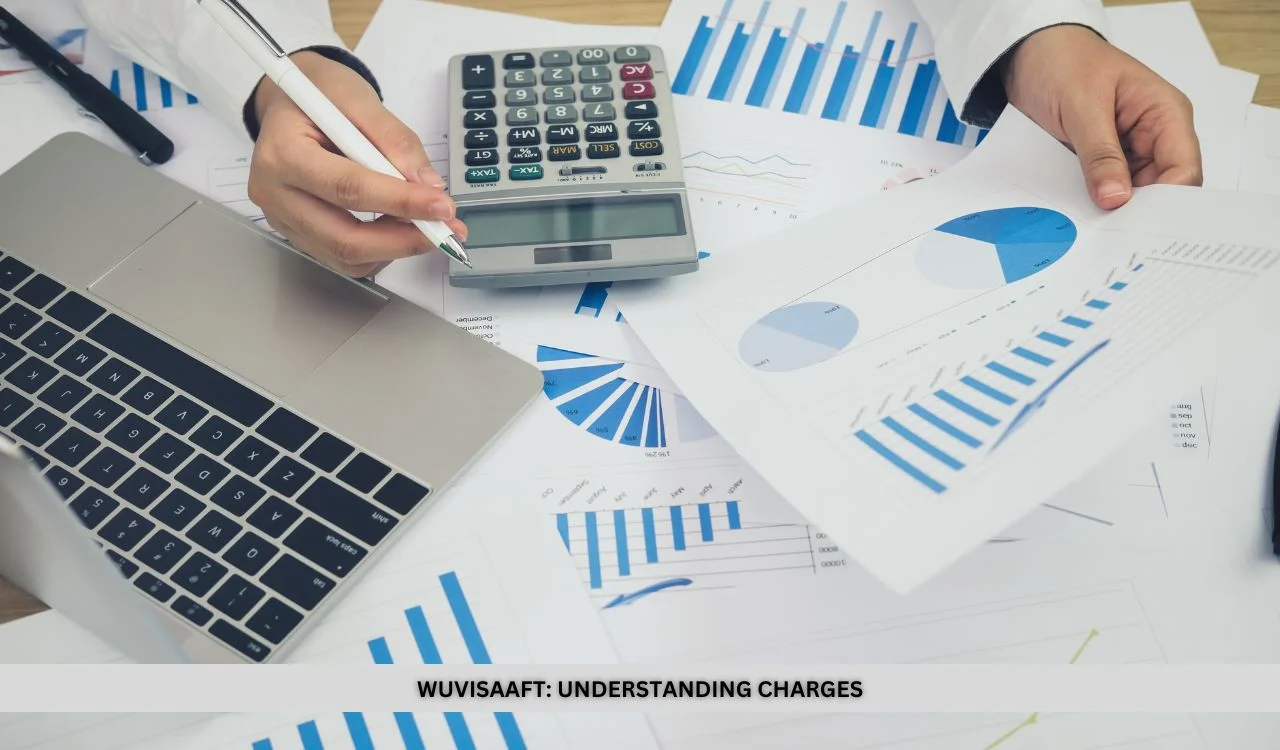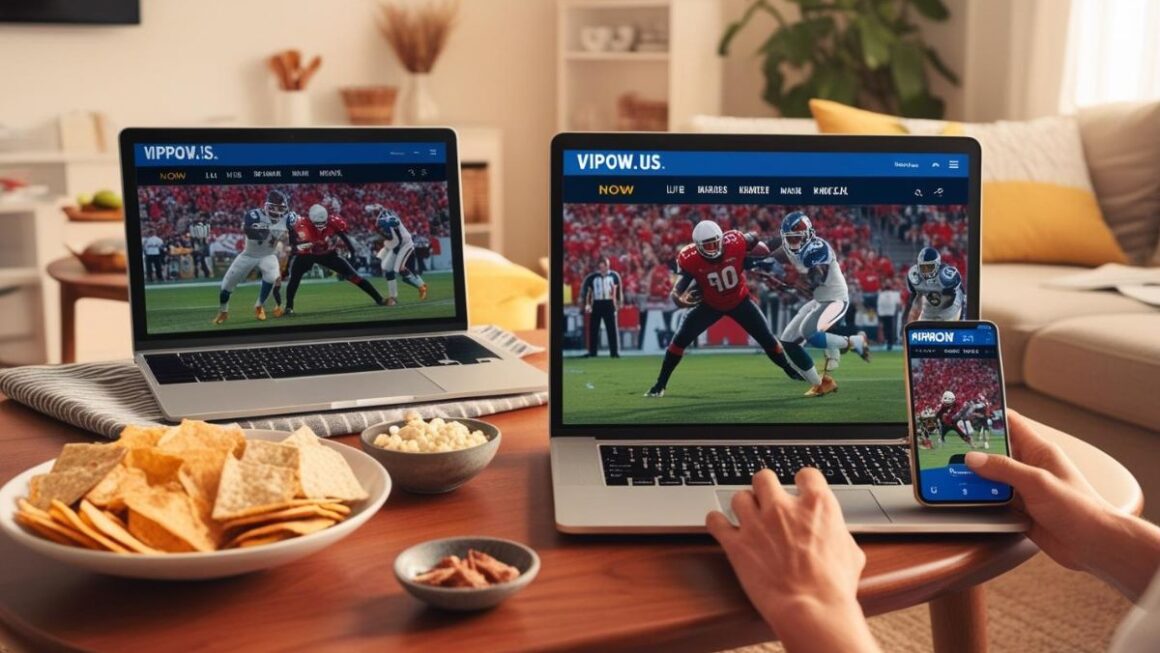WUVISAAFT is a mysterious term that can appear on many individuals’ bank statements, leading to confusion and concern. Essentially, WUVISAAFT stands for Western Union Visa/ MasterCard Automated Funds Transfer, a transaction type that often occurs when users make a purchase or transaction through Western Union using their credit or debit card. It’s an identifier used by banks to signal that funds have been moved from your account as part of a Western Union-related transaction. These transfers are typically legitimate, but due to the lack of a clear and recognizable name, many cardholders are left puzzled by the appearance of the term on their bank statements.
Understanding WUVISAAFT
In the digital age, where people engage in multiple financial transactions daily, banking codes like WUVISAAFT can be perplexing. This term specifically applies to financial transactions related to Western Union, where funds are either sent or received. When someone uses their Visa or MasterCard to process a Western Union transaction, whether to transfer funds domestically or internationally, this identifier is automatically assigned.
The purpose of the term is not to create confusion but to streamline the categorization of transactions in bank records. This helps in tracking funds, verifying the origin of payments, and simplifying bank processes. However, since the acronym is rarely self-explanatory, it can cause unnecessary concern for those unfamiliar with it.
Moreover, WUVISAAFT could indicate multiple types of transactions, including bill payments, money transfers, or purchases made through Western Union services. Whether it’s paying an international invoice or sending money to a family member, the underlying charge may be listed as WUVISAAFT on your bank statement. Understanding that this term represents an automated transfer through Western Union can help users identify their financial activities better.
Read Also: CrewLogout.com: Key Features and Benefits for Aviation and Marine Industries
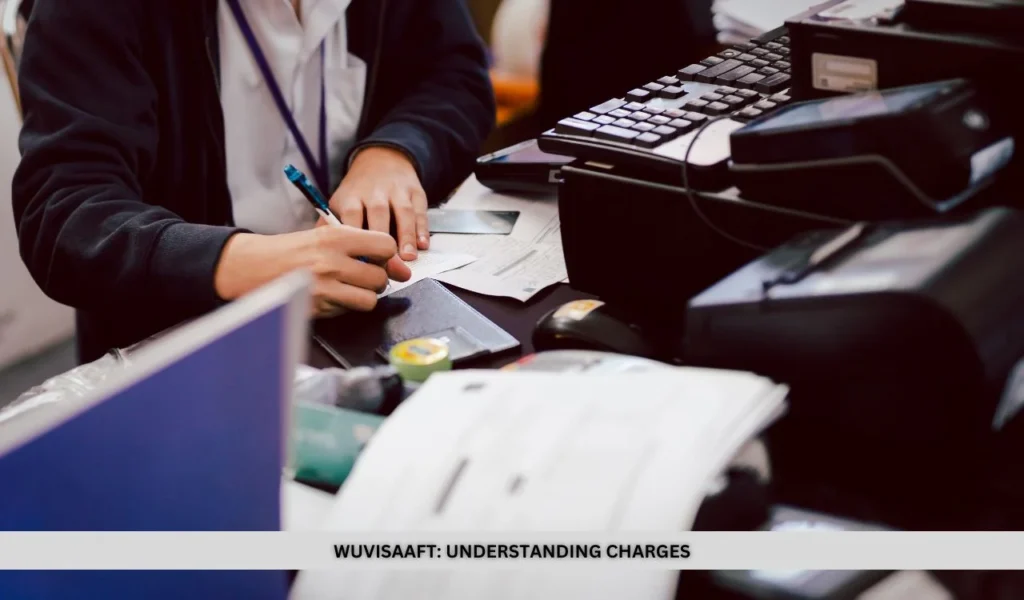
How Does a WUVISAAFT Charge Appear on My Bank Statement?
A WUVISAAFT charge often appears on your bank statement following a transaction facilitated by Western Union using your Visa or MasterCard. This type of charge could show up as something similar to “WUVISAAFT* 800-XXXXXXX” or “WUVISAAFT/ WESTERN UNION” on your statement. It may be followed by an amount deducted, the date of the transaction, and sometimes additional reference numbers, depending on your bank’s reporting format.
Because the name “WUVISAAFT” doesn’t always clearly reflect the specific service or merchant involved, people frequently mistake it for fraudulent activity. However, in the majority of cases, the charge is simply the result of a valid transaction that took place, often involving Western Union’s services.
The best way to confirm the legitimacy of such charges is to cross-reference the date of the charge with any recent activities involving Western Union. This can include sending money, receiving funds, or purchasing services through their platforms. By aligning your bank statement with your personal transaction history, you can quickly verify whether the WUVISAAFT charge is expected.
Unrecognized “WUVISAAFT” Charge on My Bank Statement
If you come across an unrecognized WUVISAAFT charge on your bank statement, your first reaction might be alarm. It’s essential to remain calm and follow a methodical process to identify the charge. Begin by reviewing your recent transactions. Did you or anyone else on your account make a Western Union payment? Did you use Western Union’s services for a bill payment, money transfer, or purchase? If yes, this is likely the source of the charge.
In some cases, individuals forget about small payments or transfers they made, leading to confusion. However, if the charge doesn’t match any known transaction, it’s critical to act quickly. Contact your bank’s fraud department and report the charge as potentially fraudulent. Additionally, you can contact Western Union’s customer service to inquire about the transaction details and receive clarity on whether the charge was authorized or accidental.
For those who haven’t used Western Union, but still see a WUVISAAFT charge, it could be an indicator of card fraud. Card details may have been compromised, leading to unauthorized charges. In such cases, working closely with your bank to secure your account, dispute the charge, and potentially issue a new card is vital.
Understanding Variations of WUVISAAFT Charges
Not all WUVISAAFT charges are identical. Depending on the bank, region, or specific type of transaction, you might notice small variations in how the charge appears. Some common variations include:
- WUVISAAFT Western Union
- WUVISAAFT Transfer
- WUVISAAFT Payment
These charges can also vary depending on the payment network (Visa or MasterCard) or the currency used during the transaction. Some banks might append additional identifiers, such as customer service numbers or transaction reference codes. These minor differences don’t necessarily indicate fraud or errors; they are merely different ways that banks and financial institutions categorize Western Union-related transactions.
Nonetheless, if you spot multiple variations of the WUVISAAFT charge that don’t seem to align with any of your known activities, it is wise to investigate further.
Read Also: Timewarp TaskUs: Unlock Ultimate Productivity
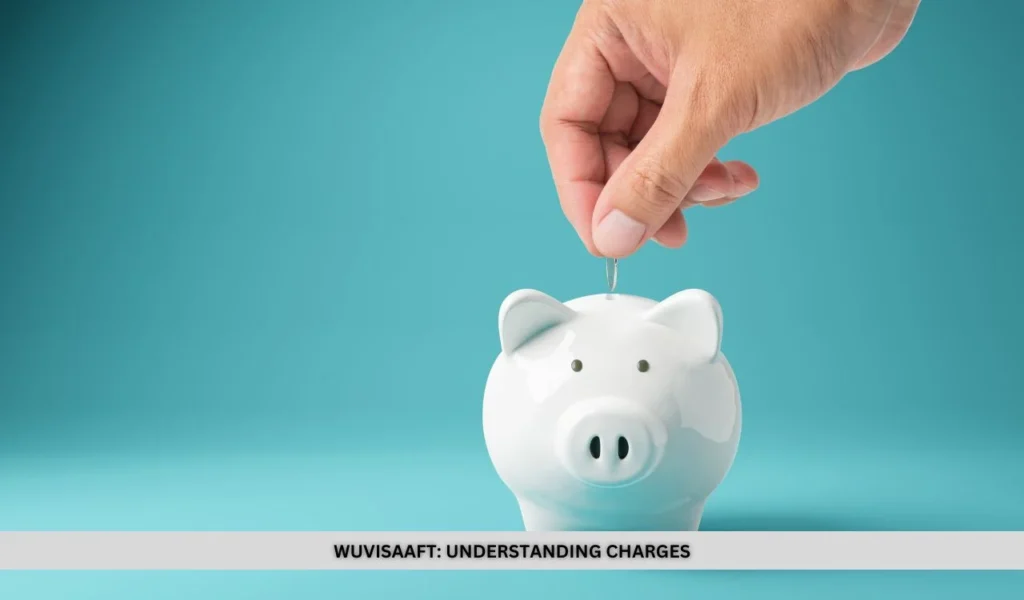
Verifying WUVISAAFT Charges
Verifying WUVISAAFT charges is a simple yet important process. Start by reviewing your own transaction history. If you have used Western Union for any reason within the timeframe indicated on your bank statement, chances are the charge is legitimate. Look for confirmations from Western Union in your email or through their app, as they usually send notifications or receipts for completed transactions.
If you can’t match the charge to any transaction, consider contacting Western Union’s customer service. Provide them with the date and amount of the charge, and they can help trace it back to the service or payment that triggered the deduction. This verification process ensures that you have complete clarity regarding the source of the charge.
If after following these steps, the charge still remains unrecognized, then it’s time to contact your bank’s fraud department. They can help dispute the charge, conduct an investigation, and take the necessary steps to protect your account.
Preventing Unwanted WUVISAAFT Charges
To prevent unwanted WUVISAAFT charges in the future, it’s essential to exercise good financial habits. Here are several key practices:
- Regularly monitor your bank and credit card statements for unusual charges.
- Set up alerts on your bank account that notify you of transactions over a certain amount.
- Be cautious about sharing your credit card information online and ensure that any sites you use are legitimate.
- Consider enabling two-factor authentication (2FA) for added security when making online transactions.
- If you often use Western Union, maintain a clear record of your transactions to avoid confusion in the future.
- Always verify receipts from Western Union, matching them to the exact amounts shown on your statement.
By staying vigilant and proactive, you can significantly reduce the chances of falling victim to unwanted or unauthorized charges like WUVISAAFT.
Read Also: 127.0.0.1:57573: Your Ultimate Guide to Troubleshooting and Connectivity Solutions
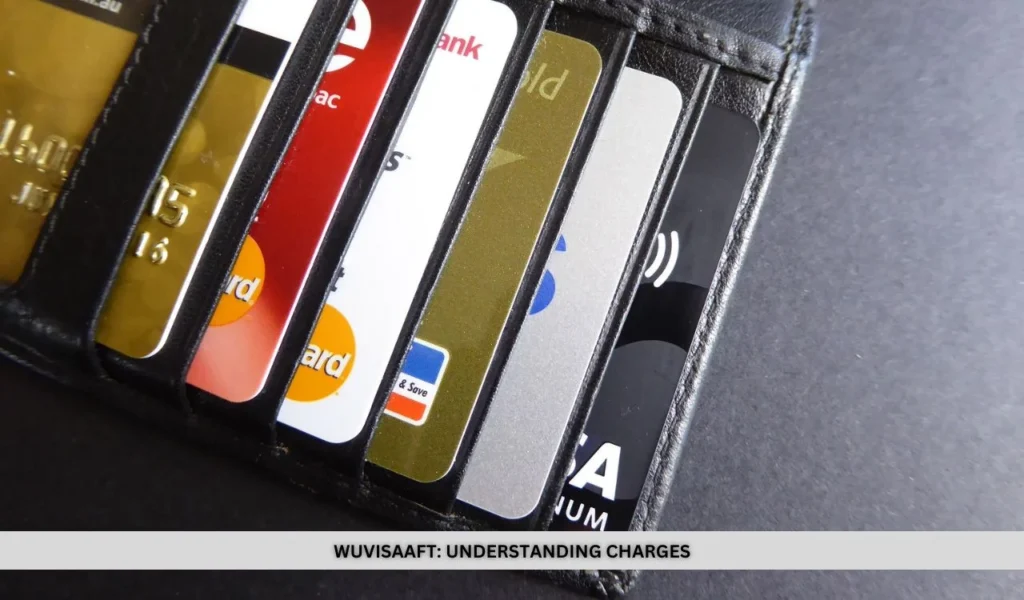
Conclusion
In summary, encountering a WUVISAAFT charge on your bank statement can initially be perplexing, but in most cases, it is a legitimate transaction associated with Western Union. Understanding what WUVISAAFT represents and taking steps to verify the transaction against your own financial activities can alleviate concerns. However, if you cannot recognize the charge, it’s critical to act quickly, involving both Western Union and your bank to ensure your account’s security. By practicing regular monitoring of your transactions and employing preventative measures, you can safeguard yourself against unwanted or unauthorized charges, ensuring peace of mind with your finances.









